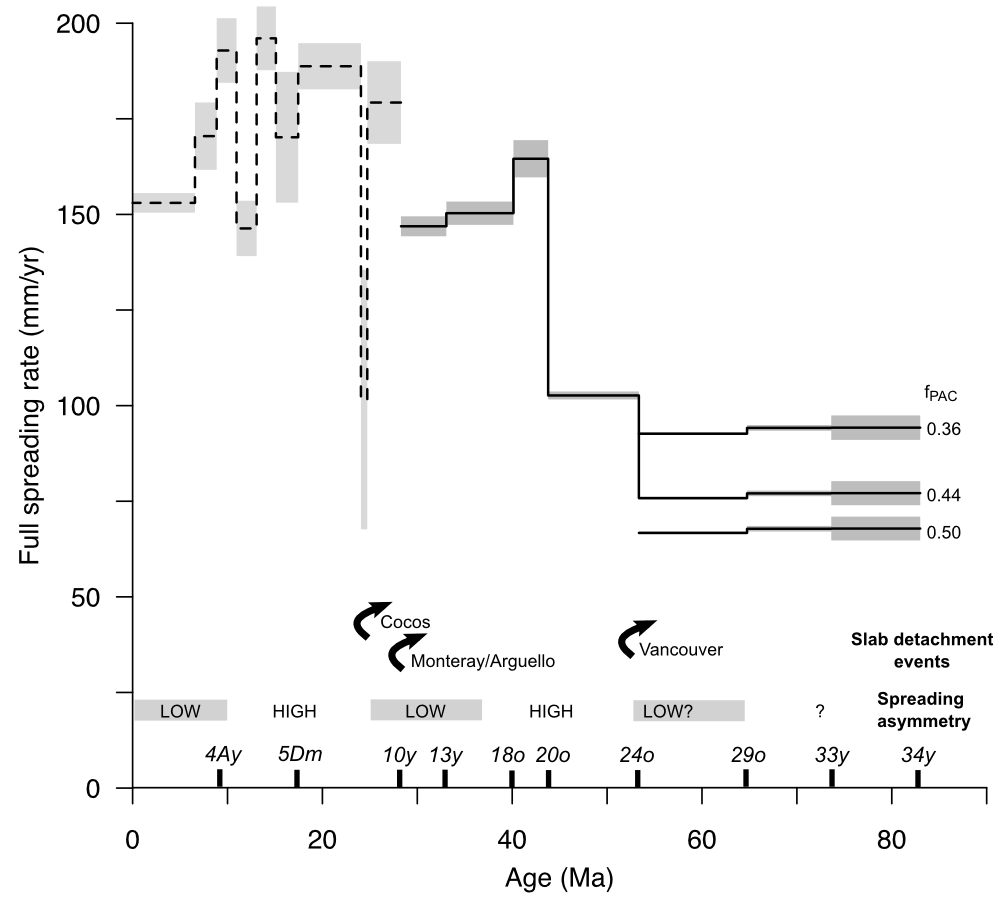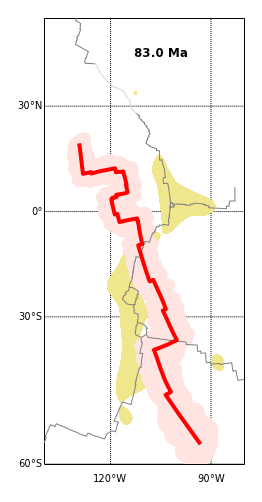Congratulations to Lucy Dyer for successful defending her MS thesis, ‘Identifying marine magnetic anomalies using machine learning‘. Abstract Magnetic reversal boundaries identified from marine magnetic surveys are used to date the oceanic lithosphere and are a key source of information for reconstructing oceanic ridge spreading rates and past plate motion. However, the identification process is tedious and time consuming, which results in incomplete and inconsistent reversal identification along ridge systems and between ocean basins. This study investigates the feasibility of using machine learning to automatically…Continue Reading “Congratulations to Lucy Dyer for a successful MS thesis defense!”
As a follow-up to his presentation at the GSA Northeastern/North-Central meeting in the Spring, KSU undergraduate Joe Wislocki presented more results from analogue modelling of the formation of the Appalachian Pennsylvania salient at the GSA annual meeting in Seattle. ANALOGUE MODELLING OF THE FORMATION OF THE PENNSYLVANIA SALIENT: DO THE APPALACHIANS BEND AROUND AN ANCIENT RIFT? The Pennsylvania salient is an oroclinal bend in the Central Appalachians at around 40ºN, where Appalachian faults and folds are rotated almost 90º clockwise from roughly north-south orientation observed…Continue Reading “Undergraduate research presented at GSA Annual Meeting in Seattle”
A mountain range like the Appalachians is the result of rock along hundreds of kilometres of plate boundary deforming over millions of years. Curiously, if we want to see these processes in action by scaling them down to the dimensions of a tabletop and the timescales of a couple of hours, then the material of choice is sand. Undergraduate Research Assistant Joe Wislocki has been busy the last few months producing mini-mountain ranges in our sandbox model: Joe’s experiments have been focussed on modeling the…Continue Reading “The Appalachians in a sandbox: undergraduate research being presented at GSA North-Central meeting in Pittsburgh”
The East Pacific Rise (EPR) is the fastest spreading part of the global ridge system, and has a couple of other unusual features. Spreading at the ridge is asymmetric, with about 55-60% of the oceanic crust produced over the past 50 million years found on the western side of the ridge (the Nazca plate). This asymmetric spreading has contributed to the other unusual feature: if you plot the position of the EPR in a mantle reference frame, the central part of the ridge has remained…Continue Reading “New Paper: Kinematics and dynamics of the East Pacific Rise linked to a stable, deep-mantle upwelling”
In the Late Cretaceous, 83 million years ago, the Pacific ocean was dominated by the 10,000 km-long spreading ridge between the Pacific and Farallon plates. Since that time, the northern part of this ridge system has collided with the west coast of North America, leading to the progressive fragmentation of the Farallon plate, and its almost total subduction in the northern Pacific. In the southeast Pacific, the largest remanent is the ultrafast-spreading East Pacific Rise. Because of their length and generally fast spreading rates, the…Continue Reading “New Paper: Spreading behaviour of the Pacific-Farallon ridge system since 83 Ma”
My visit to San Francisco for the American Geophysical Union Fall Meeting was somewhat truncated this year, but I had a stimulating couple of days catching up and talking shop with many friend and colleagues from around the world. I also gave a presentation of new work that follows on from my post-doctoral research under the guidance of David Rowley at the University of Chicago, looking at the evolution of the East Pacific Rise, the world’s fastest spreading oceanic ridge system. Certain aspects of the…Continue Reading “AGU 2013 Presentation: more than slab pull driving the East Pacific Rise?”

